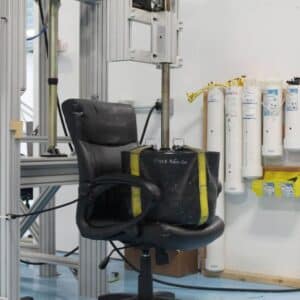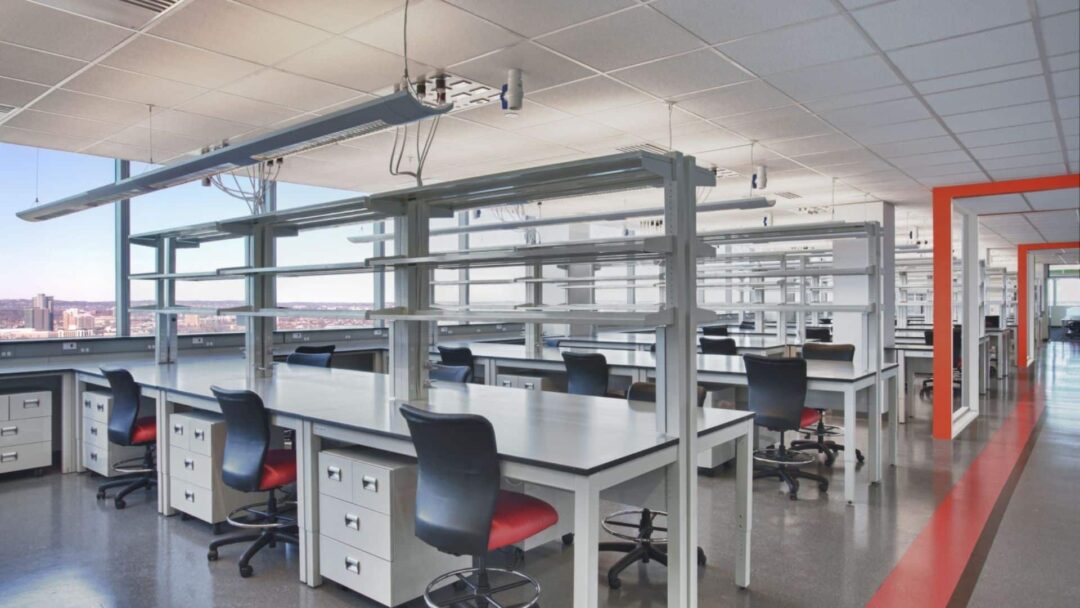
As the furniture industry continues to evolve, with consumers demanding higher standards for quality and safety, furniture testing has become increasingly essential. Furniture Testing Lab play a critical role in ensuring that products meet safety regulations and perform as expected. In this blog, we’ll explore why furniture testing is crucial and how it contributes to delivering reliable and safe products to consumers.

Ensuring Compliance with Safety Standards
One of the primary reasons furniture testing is vital is its role in ensuring compliance with safety standards. Regulatory bodies such as the American National Standards Institute (ANSI), the International Organization for Standardization (ISO), and other national authorities have established guidelines for furniture safety. These standards are designed to protect consumers from potential hazards associated with furniture use, such as structural failures or toxic materials.
Furniture testing labs are responsible for evaluating furniture products to ensure they meet these regulatory requirements. Through rigorous testing procedures, these labs help manufacturers avoid using unsafe materials and designs, ensuring that their products can be safely marketed and used. Compliance with these standards not only protects consumers but also enhances the reputation and success of furniture brands.
Identification and Quantification of Hazardous Materials
Another crucial function of furniture testing labs is the identification and quantification of hazardous materials in furniture products. Certain materials, when used inappropriately or in high concentrations, can pose health risks, such as exposure to toxic chemicals or harmful VOCs (Volatile Organic Compounds).
These labs analyze the materials used in furniture construction to ensure they meet safety standards and do not contain harmful substances. By identifying and quantifying these materials, furniture testing labs help prevent unsafe products from reaching consumers, thereby safeguarding public health.
Testing for Product Durability and Performance
Furniture testing labs also play a significant role in assessing the durability and performance of furniture products. Durability testing involves subjecting furniture to various stress conditions, such as weight loads, impacts, and environmental factors, to observe how it performs over time. This testing helps determine whether a product will maintain its integrity and functionality throughout its intended lifespan.
During performance testing, labs analyze factors such as resistance to wear and tear, stability, and overall structural soundness. This ensures that the furniture meets consumer expectations for quality and longevity.
Safety Assessment of New Materials and Designs
Innovation in the furniture industry often involves the use of new materials and designs that promise enhanced aesthetics, comfort, or functionality. Furniture testing labs are responsible for conducting safety assessments of these new elements. They perform a range of tests to evaluate the potential risks associated with new materials and design features.
These assessments might include testing for chemical emissions, flammability, and mechanical stability. By thoroughly evaluating these aspects, furniture testing labs help ensure that new products are safe and reliable before they enter the market.

Conclusion
Furniture testing labs are indispensable to the furniture industry, playing a vital role in ensuring the safety, quality, and performance of furniture products. From regulatory compliance and hazardous material identification to durability testing and new material assessments, these labs provide the expertise and assurance that furniture products meet the highest safety standards.





No comment yet, add your voice below!